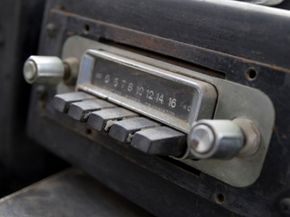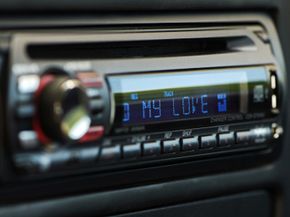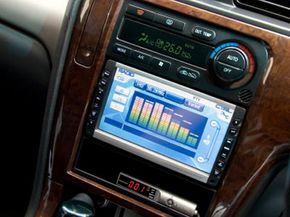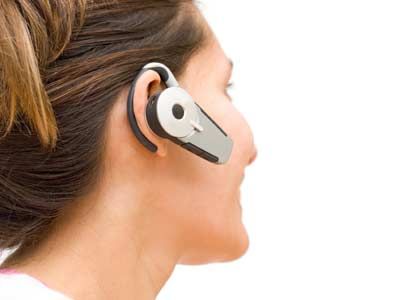Is it even possible that there's an automobile owner with a soul so dead that they've never said to him- or herself, "My car needs more gadgets"? Well, yes, it's likely that there are a few car owners out there like this; however, unless you've spent a huge amount of cash on a luxury car with all the options, it's doubtful that your car has every piece of automotive entertainment electronics currently on the market. Does it have an iPod dock? Can it play MP3 files off a CD? Does it have state-of-the-art speakers? A backup camera? Can your car parallel park itself? Do you have a grille-mounted (stealth) radar detector? A top-of-the-line navigation system? Has your mouth started to water yet?
If you're wondering how you can upgrade your car's electronics, we're here to help. There's a lot of aftermarket gadgetry out there at fairly reasonable prices and it's hard to get out of an electronics warehouse store without seeing a gizmo or two that would make your driving experience more pleasurable. But here's the big question: How do you get all of that gear into your car? Many retailers will happily install your new device for you at a price, but the cost of installation could easily double or triple the cost of your new toy. Do you dare bypass the professional installers and take your chances with electrical tape and a screwdriver? Do you have the electronic savvy to install it yourself?
Advertisement
This isn't a question you should take lightly. If you don't know what you're doing when installing automobile electronics, there's a good chance you could harm your new equipment, your car, or even yourself. On the following pages we'll look at what you need to know in order to install your own in-car electronics and also give you a few reasons why you may or may not want to do the job on your own.




